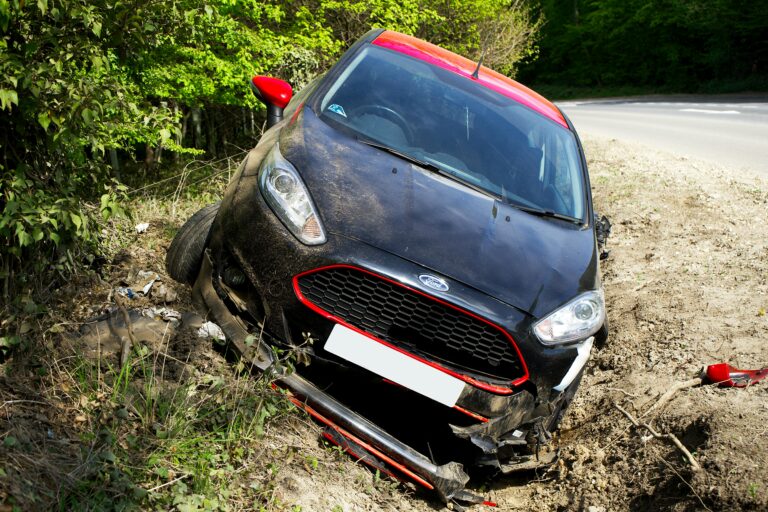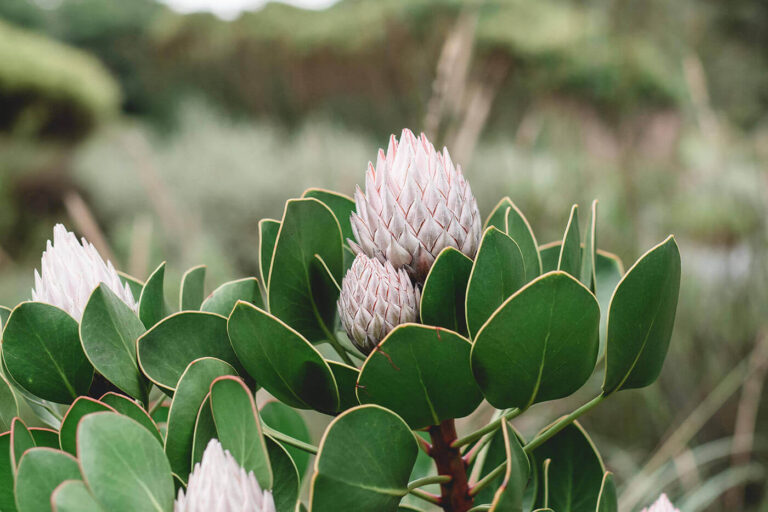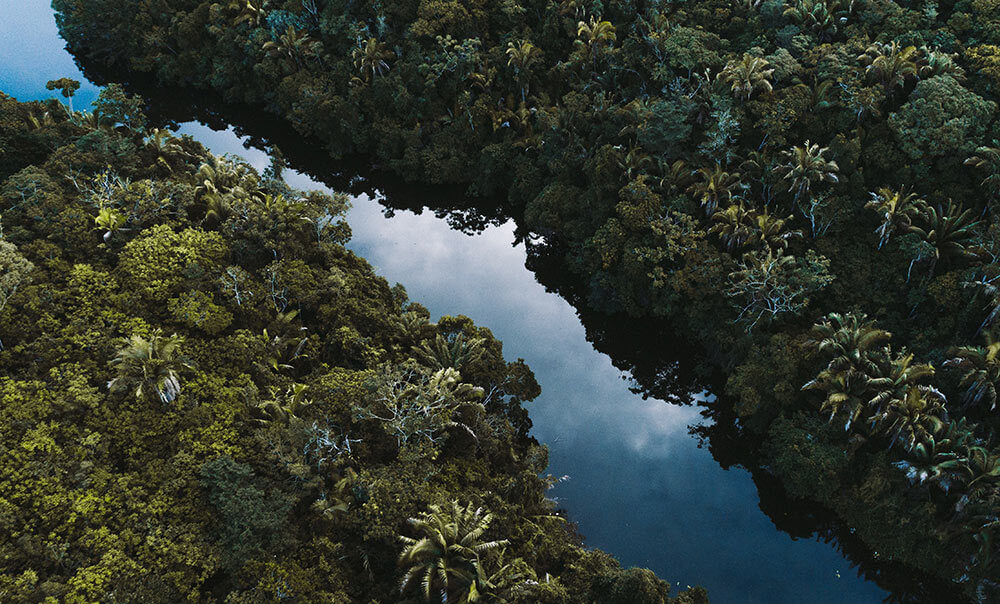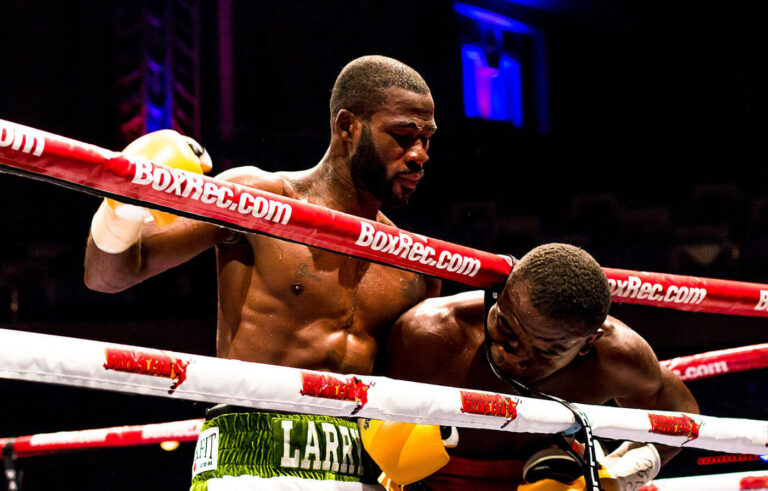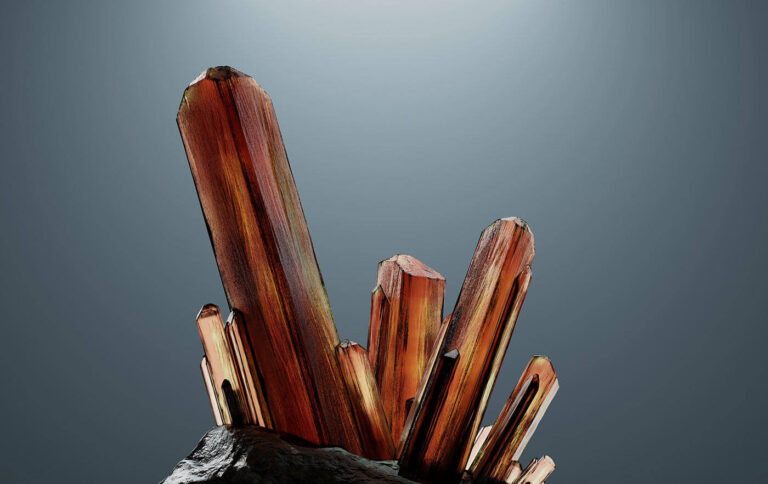Introduction
Car insurance in Ghana is more than just a legal requirement — it’s peace of mind. Whether you’re driving a personal car, taxi, or commercial vehicle, choosing the right insurance provider could mean the difference between a smooth claims process and months of frustration.
In this 2025 guide, we’ve researched and compared the top-rated car insurance companies in Ghana based on affordability, reliability, claim turnaround, and customer satisfaction.
Why Car Insurance Is Important in Ghana
Car accidents, theft, fire, or even floods can happen unexpectedly. With rising vehicle costs and road risks, comprehensive car insurance gives you:
- Financial protection
- Legal compliance
- Access to towing and roadside assistance
- Compensation for third-party injuries or damage
In Ghana, third-party insurance is mandatory by law, but you should consider comprehensive plans for better coverage.
What to Look For When Choosing a Provider
Before you pick any insurance company, ask:
- Is their claims process fast and fair?
- Do they offer 24/7 customer service?
- Are there hidden charges?
- Do they have a strong presence in your region?
Top 5 Car Insurance Companies in Ghana (2025)
1. Star Assurance
Founded: 1985
Type: Private Ghanaian-owned
Strengths:
- Fast claims process
- Good for comprehensive and third-party plans
- SMS and WhatsApp-based service options
Website: starassurance.com
2. Enterprise Insurance
Founded: 1924
Type: One of Ghana’s oldest insurance firms
Strengths:
- Strong financial backing
- Car replacement option in some plans
- Nationwide presence
Website: enterprisegroup.net.gh
3. SIC Insurance
Founded: 1962 (State-owned)
Strengths:
- Affordable premiums
- Government-backed stability
- Well-known and widely trusted
Website: sic-gh.com
4. Hollard Ghana
Strengths:
- Tech-enabled claims processing
- Affordable hybrid insurance plans
- Offers “Drive-Off” insurance for Uber/Bolt drivers
Website: hollard.com.gh
5. Vanguard Assurance
Founded: 1975
Strengths:
- Transparent pricing
- Discounts for good drivers or renewals
- Reliable third-party and comprehensive packages
Website: vanguardassurance.com
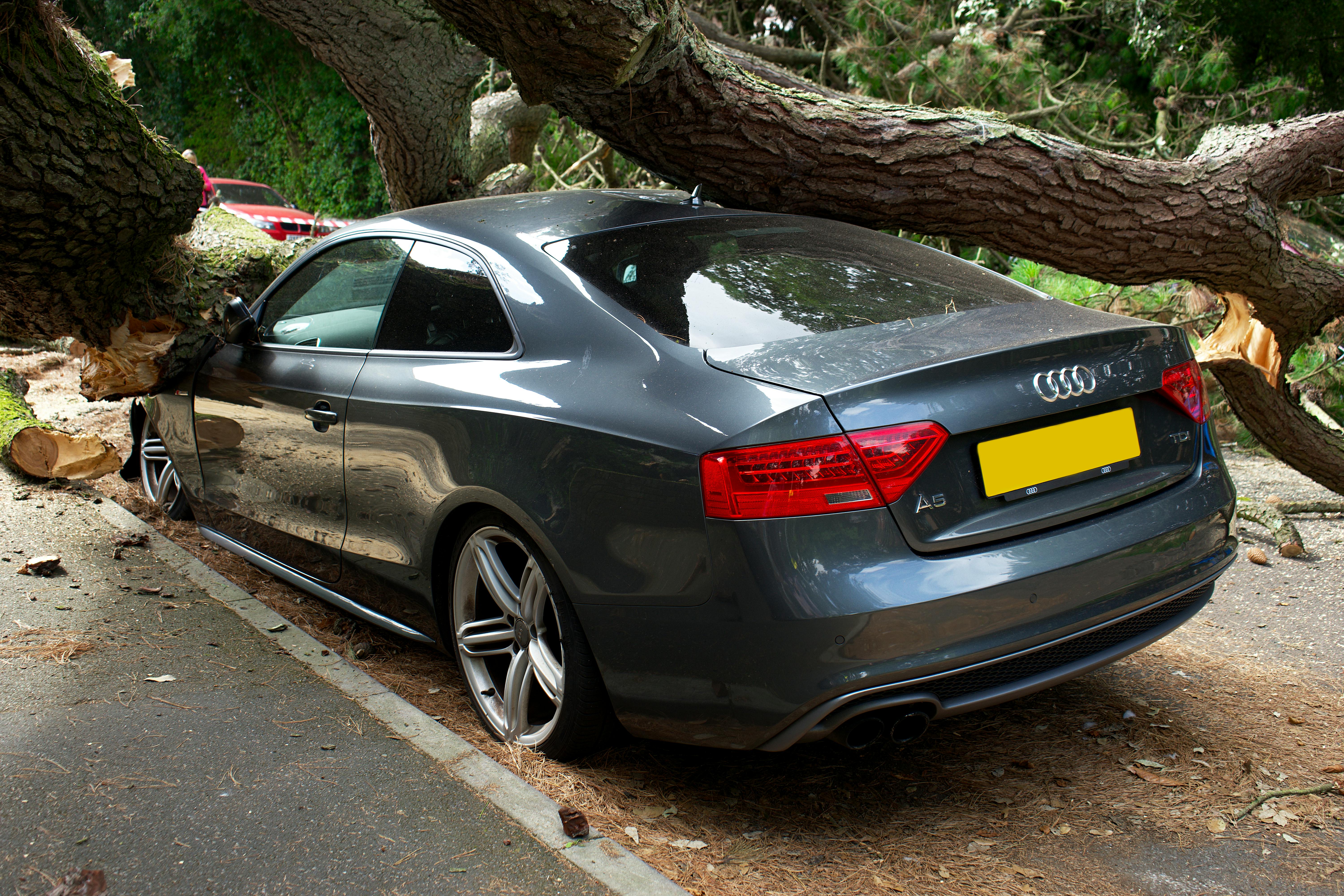
Car Insurance Comparison Table
| Company | Type | Mobile Claims | Price Range | Best For |
|---|---|---|---|---|
| Star Assurance | Private | ✅ Yes | Moderate | Fast claims & coverage |
| Enterprise Insurance | Private | ❌ No | Premium | Full replacement |
| SIC Insurance | State-owned | ✅ Yes | Affordable | Budget drivers |
| Hollard Ghana | Private | ✅ Yes | Flexible | Digital-first drivers |
| Vanguard Assurance | Private | ❌ Partial | Moderate | Loyalty discount seekers |
Tips to Get the Best Deal on Car Insurance
- Compare at least 3 quotes
- Ask for renewal discounts
- Pay annually (saves more than monthly)
- Check if your plan includes towing or free inspection
- Avoid letting your policy expire — it affects your quote
FAQs
Q: What’s the difference between third-party and comprehensive insurance?
Third-party covers damage/injury to others. Comprehensive covers that plus your own car.
Q: Can I insure my vehicle online in Ghana?
Yes. Most providers now offer online portals or WhatsApp services.
Q: Is insurance required for Uber/Bolt drivers?
Yes, and some providers offer ride-hailing-specific plans.
Final Thoughts
Car insurance is not just about ticking a legal box — it’s about protecting your investment, your passengers, and your peace of mind.
Take your time, compare policies, and don’t hesitate to switch providers if you’re not satisfied.
Start smart. Drive insured.
Call to Action
Need help choosing a provider or getting quotes?
Contact us at hello@markdona.com or check our upcoming post on “How to File a Car Insurance Claim in Ghana.”

